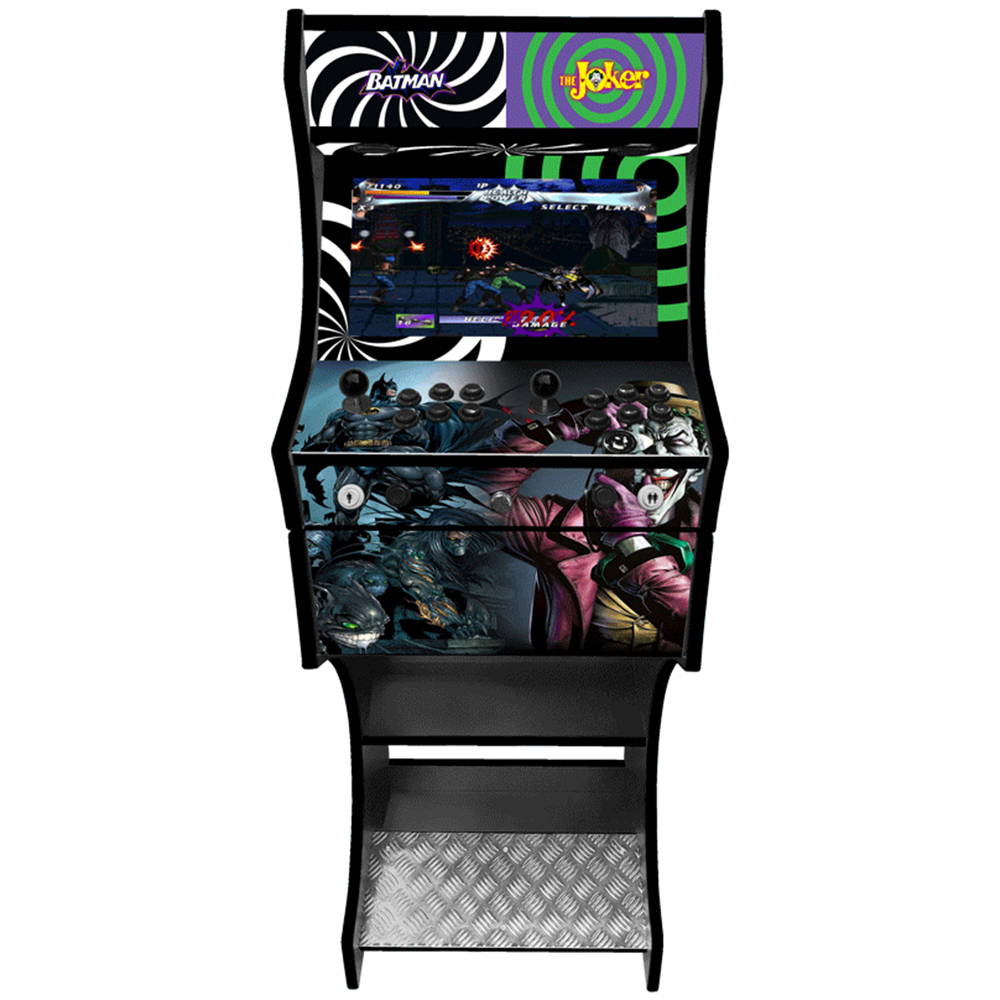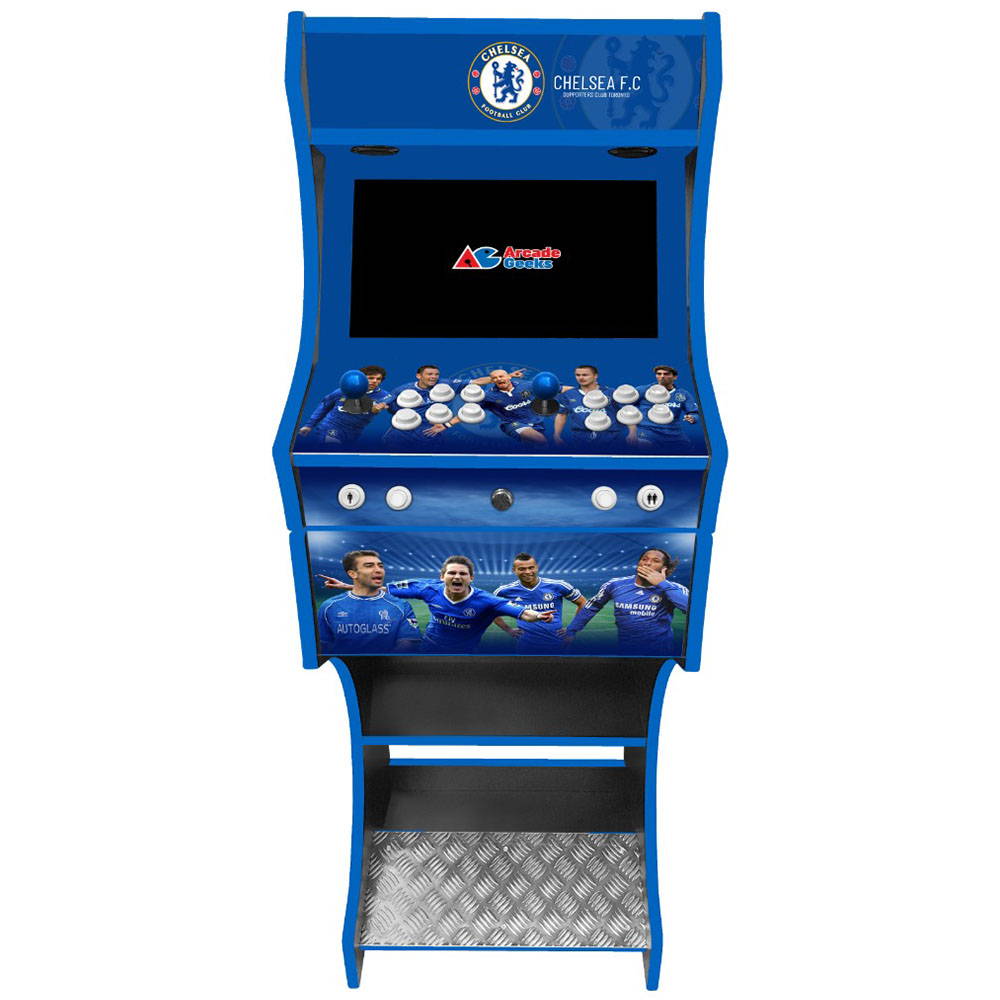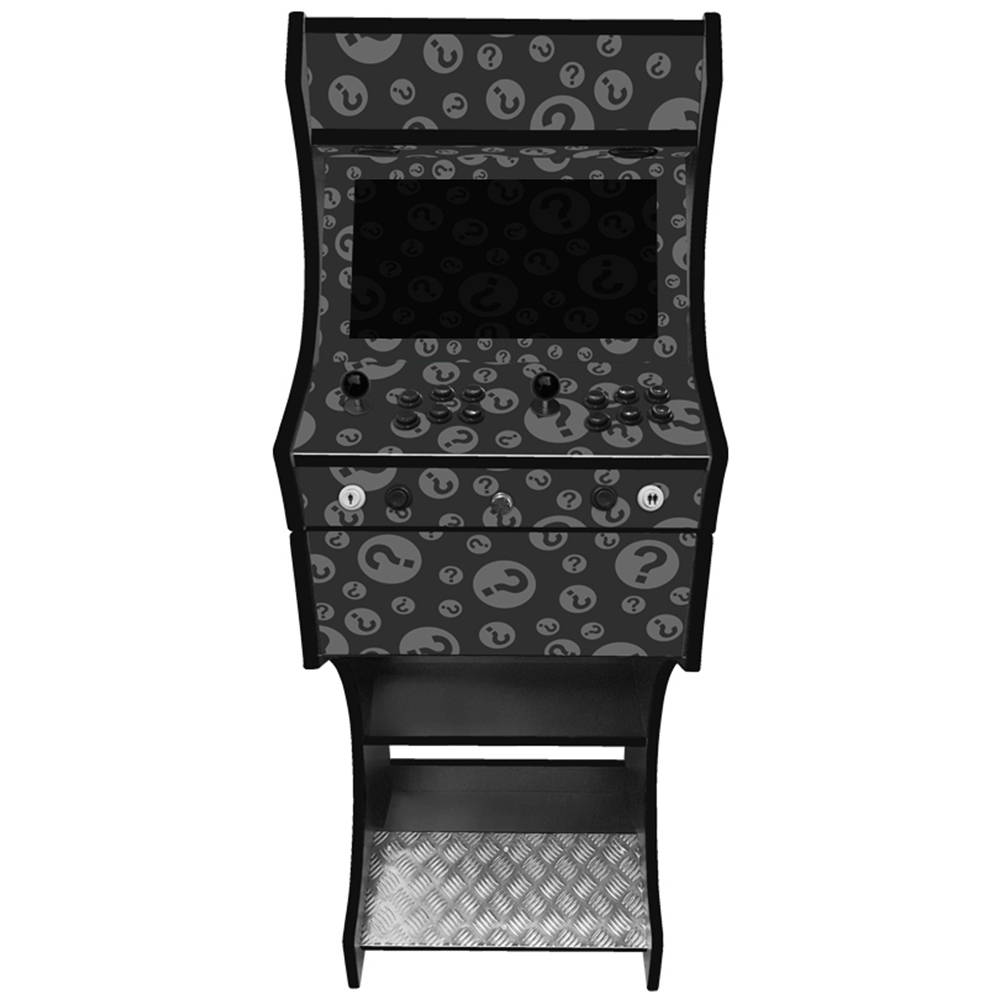Powering Multi-Game Arcade Machines
The allure of the arcade has transcended generations, from the earliest pinball machines to the cutting-edge multi-game arcade cabinets of today. These iconic machines have been a source of entertainment and nostalgia for people of all ages. While the games themselves are undoubtedly a major draw, it's the technology behind these multi-game arcade machines that truly powers the magic.
In this article, we will delve into the technology that fuels the multi-game arcade machines, examining the evolution of arcade gaming technology, the key components that make these machines tick, and how they continue to captivate players in the digital age.

The Evolution of Arcade Gaming Technology
Arcade gaming has come a long way since its inception in the early 20th century. The first coin-operated games, such as pinball machines and mechanical skill games, laid the foundation for the arcade industry. However, it was the arrival of video games in the 1970s that truly transformed the landscape.
Pioneering titles like "Pong" and "Space Invaders" captivated players and paved the way for a new era of gaming. These games relied on rudimentary hardware, consisting of basic microprocessors, monochrome displays, and simple control mechanisms. As technology advanced, so did arcade gaming.
The 1980s witnessed the emergence of iconic classics like "Pac-Man" and "Donkey Kong." These games featured more sophisticated hardware, including colour displays and improved sound systems. The use of dedicated arcade cabinets became common, providing an immersive experience that home consoles of the time couldn't replicate.
By the 1990s, arcade gaming had reached its zenith, with games like "Street Fighter II" and "Mortal Kombat" captivating players worldwide. These games boasted more powerful processors, vibrant graphics, and complex control schemes. However, this era also marked the beginning of a decline in traditional arcades, as home consoles became increasingly powerful and affordable.

The Rise of Multi-Game Arcade Machines
In response to the challenges posed by home gaming consoles, the arcade industry adapted. One of the key innovations was the development of multi-game arcade machines. These cabinets allowed players to enjoy a variety of games in a single unit, providing an economical and versatile solution for arcade owners.
The technology behind multi-game arcade machines underwent significant advancements over the years. Here are some of the key components and features that power these gaming marvels:
- Central Processing Unit (CPU): At the heart of every multi-game arcade machine is a powerful CPU. This processor handles game logic, graphics rendering, and input processing. Over time, CPUs have become increasingly powerful, enabling more complex and graphically intensive games.
- Graphics Processing Unit (GPU): The GPU is responsible for rendering the game's visuals. Modern multi-game arcade machines often feature high-end GPUs that can deliver stunning graphics and realistic animations, rivaling those of home gaming consoles.
- Memory: Adequate memory is crucial for storing game data, textures, and audio assets. Multi-game arcade machines have ample memory to ensure smooth gameplay and fast loading times.
- Display Technology: The quality of the display is paramount in providing an immersive gaming experience. Many modern arcade cabinets feature high-definition (HD) or even 4K displays, ensuring crisp and vibrant visuals.
- Input Devices: Arcade cabinets come equipped with a variety of input devices, including joysticks, buttons, and trackballs. These input mechanisms are carefully designed to replicate the arcade gaming experience and accommodate different game genres.
- Sound System: A robust sound system enhances the gameplay experience by delivering immersive audio. Multi-game arcade machines are equipped with high-quality speakers and audio processors to create an engaging auditory experience.
- Software and Emulation: To offer a diverse range of games, multi-game arcade machines often employ emulation software. This software allows the machine to run multiple game titles from different platforms, providing players with a vast selection of games to choose from.
- User Interface: User-friendly interfaces are crucial for navigating through the game library and selecting titles. Modern arcade cabinets feature intuitive touchscreen interfaces or custom control panels for easy game selection.
- Connectivity: Some multi-game arcade machines offer online connectivity, enabling players to compete with others worldwide or download new game titles and updates.
- Customization Options: Arcade owners can customize their multi-game machines by selecting specific game titles, adjusting difficulty levels, and even adding coin-operated mechanisms for revenue generation.
The Appeal of Multi-Game Arcade Machines
Multi-game arcade machines hold a unique appeal in the gaming world. They offer a diverse range of games, catering to a wide audience with varying tastes and preferences. Whether you're a fan of classic arcade titles like "Galaga" and "Pac-Man" or prefer modern fighting games like "Street Fighter V," these machines have something for everyone.
Additionally, multi-game arcade machines provide a social gaming experience that's hard to replicate at home. Gathering around a cabinet with friends or fellow gamers fosters a sense of camaraderie and competition that's an integral part of arcade culture.
Moreover, the nostalgia factor plays a significant role in the enduring popularity of multi-game arcade machines. Many players fondly remember spending their youth in arcades, and these machines allow them to relive those memories while introducing a new generation to the joys of arcade gaming.
The Relevance of Multi-Game Arcade Machines in the Digital Age
In an age dominated by home gaming consoles, PCs, and mobile devices, one might wonder about the continued relevance of multi-game arcade machines. However, these machines offer distinct advantages that make them more than just a nostalgic relic:
- Exclusive Titles: Arcade manufacturers often release exclusive titles that can only be played in arcades. These games are designed to take full advantage of the arcade hardware, offering experiences that cannot be replicated on home systems.
- Physical Interaction: Arcade cabinets provide a tactile and physical gaming experience that is absent in most home gaming setups. The click of buttons, the push of a joystick, and the weight of a steering wheel or light gun create a more immersive connection between the player and the game.
- Local Multiplayer: Multi-game arcade machines excel at providing local multiplayer experiences. Whether it's a two-player beat 'em up or a four-player racing game, these cabinets facilitate in-person social gaming, fostering friendly competition and collaboration.
- Maintenance and Support: Arcade owners benefit from professional maintenance and support services provided by manufacturers. This ensures that the machines remain in good working order, providing a consistent and reliable gaming experience.

Conclusion
The technology powering multi-game arcade machines has evolved dramatically over the years, adapting to changing gaming trends and player expectations. Today's arcade cabinets boast powerful hardware, stunning graphics, and a vast library of games, making them a formidable force in the gaming industry.
While traditional arcades may have waned in popularity, multi-game arcade machines continue to thrive, offering a unique and immersive gaming experience that cannot be replicated at home. With their combination of cutting-edge technology and nostalgic charm, these cabinets ensure that the spirit of the arcade lives on in the digital age, captivating players and inspiring new generations of gamers to step up to the joystick and press start.
Are you looking for a Pool Table? check out our pool tables range Pool Tables





